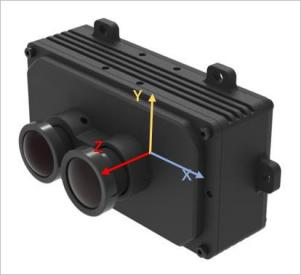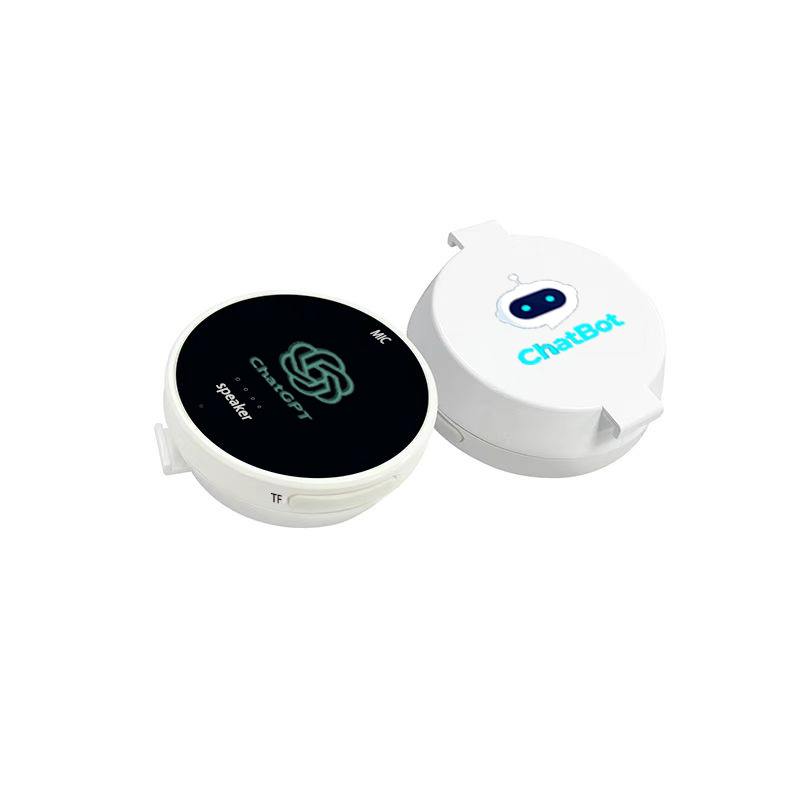2025-07-16
The Science Behind SPAD TOF Sensor Modules and Their Working Principles
Table of Contents
- Introduction to SPAD TOF Sensor Modules
- What are SPAD Sensors?
- Understanding Time-of-Flight (TOF) Technology
- The Working Principle of SPAD TOF Modules
- Applications of SPAD TOF Sensors
- Advantages of SPAD TOF Modules
- Challenges in Using SPAD TOF Sensors
- The Future of SPAD and TOF Technology
- Frequently Asked Questions
- Conclusion
Introduction to SPAD TOF Sensor Modules
SPAD (Single-Photon Avalanche Diode) Time-of-Flight (TOF) sensor modules represent a significant advancement in optical sensing technology. These modules are capable of measuring distances with remarkable precision by determining the time it takes for light to travel to an object and back. This article delves into the science behind SPAD TOF sensor modules, elucidating their working principles, applications, advantages, and challenges.
What are SPAD Sensors?
SPAD sensors are highly sensitive photodetectors designed to detect single photons. Their operation hinges on the avalanche breakdown mechanism, which enables them to generate a large current from the absorption of a single photon. SPADs are primarily used in applications requiring ultra-sensitive light detection, including telecommunications, medical imaging, and, notably, TOF measurements.
The Structure of SPAD Sensors
A SPAD sensor consists of a p-n junction that operates in reverse bias. When a photon strikes the semiconductor material, it can generate an electron-hole pair. If this occurs in a region where the electric field is strong enough, the electron can gain sufficient energy to cause an avalanche effect, resulting in a significant current pulse. This characteristic makes SPADs exceptionally effective in detecting low levels of light.
Understanding Time-of-Flight (TOF) Technology
Time-of-Flight (TOF) technology is based on a simple principle: measuring the time it takes for a light pulse to travel to an object and return. The distance to the object can be calculated using the formula:
**Distance = (Speed of Light × Time of Flight) / 2**
This straightforward calculation allows for precise distance measurement, which is critical in various applications such as 3D imaging, autonomous navigation, and environmental monitoring.
How TOF Technology Works
A typical TOF system emits a pulse of light, which travels to the target object and reflects back to the sensor. The SPAD sensor detects the reflected light and measures the time interval between emission and reception. This time measurement, along with the known speed of light, allows the system to compute the distance accurately.
The Working Principle of SPAD TOF Modules
SPAD TOF modules integrate the capabilities of SPAD sensors with TOF technology to deliver high-performance distance measurements. The working principle involves several key steps:
1. Light Emission
The module emits a pulse of light—typically in the near-infrared spectrum—using a laser diode. This light pulse is directed towards the target.
2. Reflection and Detection
Once the light pulse reaches the target, it reflects back to the sensor. The SPAD detects the reflected light, which may consist of a single photon or multiple photons, depending on the distance and reflectivity of the target.
3. Time Measurement
The module records the time taken from light emission to detection. This time measurement is highly accurate due to the fast response time of SPAD sensors, enabling precise calculations of distance.
4. Distance Calculation
Using the time of flight measurement and the speed of light, the module calculates the distance to the target. This process occurs rapidly, allowing for real-time applications.
Applications of SPAD TOF Sensors
SPAD TOF sensors have found applications across various sectors due to their high sensitivity and precision. Key applications include:
1. Autonomous Vehicles
In autonomous driving systems, SPAD TOF sensors are employed for obstacle detection and avoidance. Their ability to measure distances accurately in real-time is crucial for navigation and safety.
2. Robotics
Robots utilize SPAD TOF sensors for localization and mapping in complex environments. These sensors help robots navigate efficiently while avoiding obstacles.
3. Medical Imaging
In medical settings, SPAD TOF sensors are used in imaging technologies, such as PET scans, where precise distance measurements enhance the quality of images and patient diagnosis.
4. Environmental Monitoring
SPAD TOF sensors are also used in environmental applications, such as measuring forest canopy heights and assessing biodiversity through accurate distance measurements.
Advantages of SPAD TOF Modules
The integration of SPAD technology with TOF measurement offers numerous advantages:
1. High Sensitivity
SPAD TOF modules can detect single photons, making them highly sensitive to light changes, which is essential in low-light environments.
2. Fast Measurement
These modules provide real-time distance measurements, enabling applications that require quick and accurate data acquisition.
3. Compact Design
SPAD TOF sensors are typically compact, allowing for easy integration into various devices and systems without significant design alterations.
4. Versatility
The applications of SPAD TOF technology are vast, covering diverse fields such as automotive, robotics, healthcare, and environmental science.
Challenges in Using SPAD TOF Sensors
While SPAD TOF sensors exhibit many advantages, several challenges need consideration:
1. Noise Sensitivity
SPAD sensors are susceptible to noise, which can compromise measurement accuracy. Effective noise reduction techniques are essential for optimal performance.
2. Cost Considerations
The advanced technology involved in SPAD TOF modules can lead to higher manufacturing costs, which may limit their adoption in cost-sensitive applications.
3. Complexity of Calibration
Calibrating SPAD TOF sensors requires careful attention to detail, as inaccuracies can affect distance measurements significantly.
The Future of SPAD and TOF Technology
The future of SPAD TOF sensor technology looks promising, with ongoing research focused on enhancing sensitivity, reducing costs, and improving noise performance. Innovations such as integrating SPAD sensors with advanced algorithms and machine learning techniques are expected to revolutionize their applications, making them even more integral to fields like autonomous systems, healthcare, and environmental monitoring.
Frequently Asked Questions
1. What is the primary function of SPAD TOF sensor modules?
SPAD TOF sensor modules primarily measure distances by calculating the time it takes for a light pulse to travel to an object and back.
2. How do SPAD sensors differ from traditional photodetectors?
SPAD sensors are capable of detecting single photons, making them significantly more sensitive than traditional photodetectors that require higher light levels for detection.
3. In which industries are SPAD TOF sensors commonly used?
SPAD TOF sensors are commonly used in automotive, robotics, medical imaging, and environmental monitoring industries.
4. What are the key advantages of using SPAD TOF sensors?
The key advantages include high sensitivity, fast measurement capabilities, compact design, and versatility across various applications.
5. What challenges do SPAD TOF sensors face?
Challenges include noise sensitivity, higher costs, and the complexity of calibration required for accurate measurements.
Conclusion
SPAD TOF sensor modules are at the forefront of optical sensing technology, blending the precision of time-of-flight measurements with the extraordinary sensitivity of SPAD sensors. Their applications span numerous industries, from autonomous vehicles to medical imaging, showcasing their versatility and importance. While challenges remain, ongoing advancements promise to enhance their capabilities and widen their applicability. As technology evolves, SPAD TOF modules are set to play an even more critical role in our daily lives, shaping the future of distance measurement and imaging technologies.
Related News













